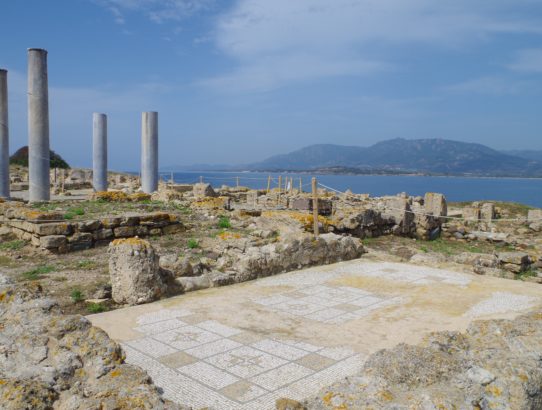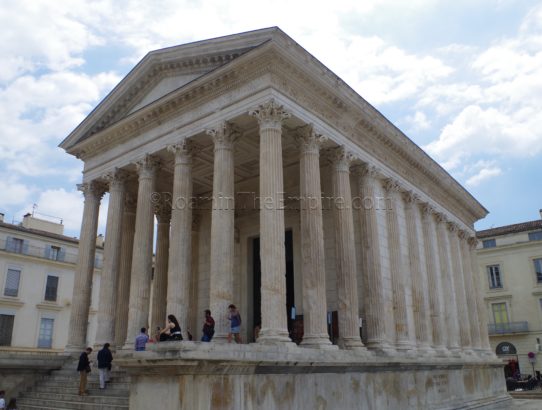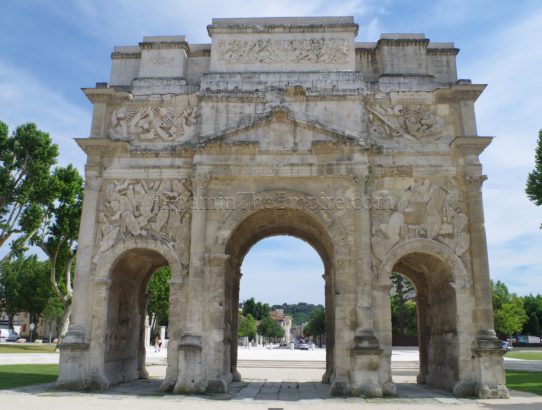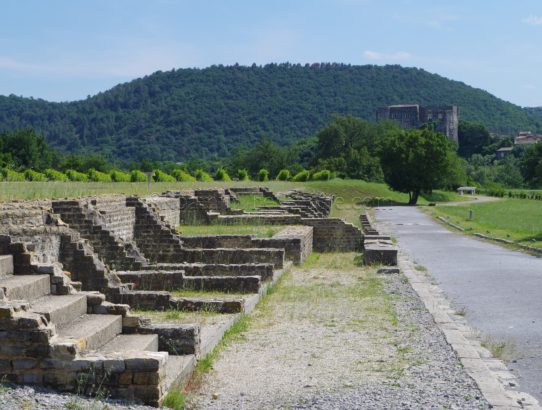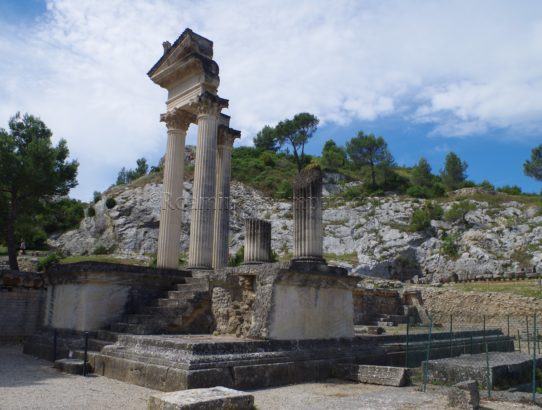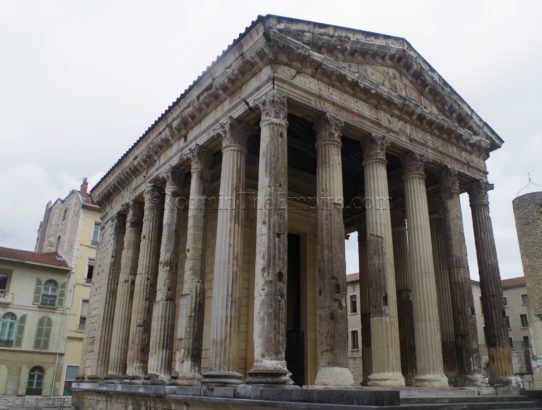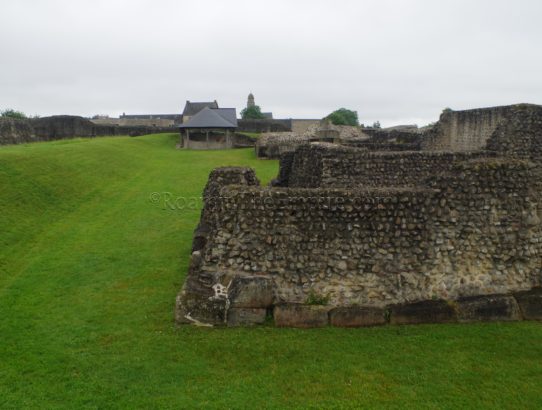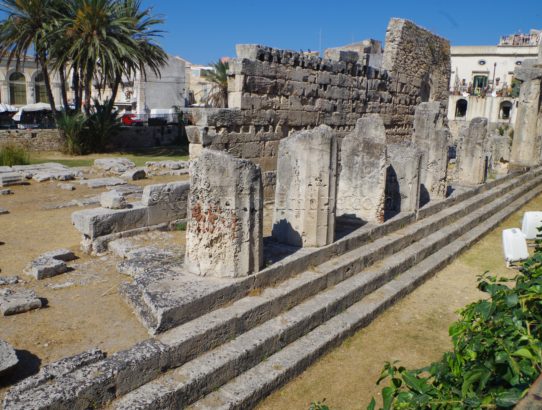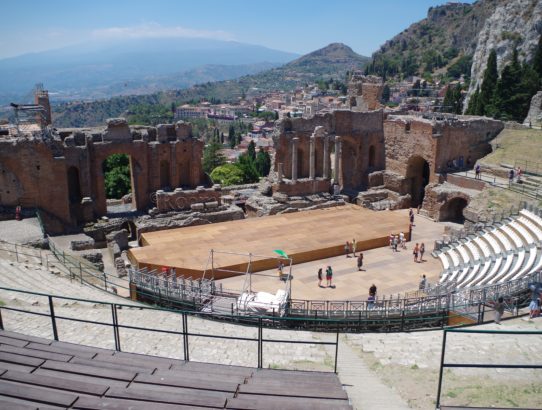Nora, Sardinia
History Like other later Roman settlements on the southwest coast of Sardinia, Nora owes its urban foundations to the establishment of a Phoenician colony at the site; though there was native Sardinian habitation at the site previously. Pausanias also describes a mythological foundation of the city; an Iberian named Norax crossed to Sardinia, conquered the…
Read More


